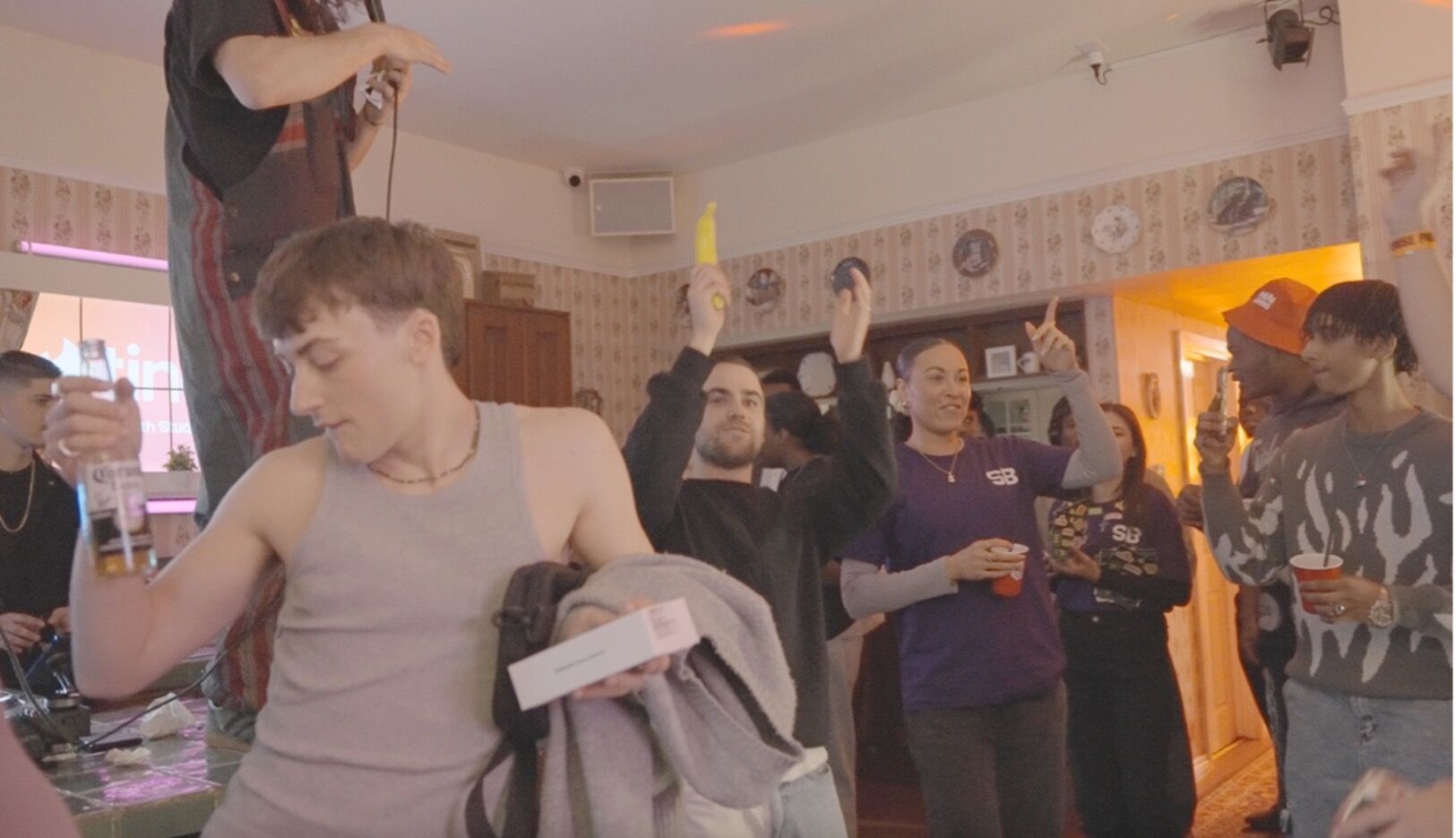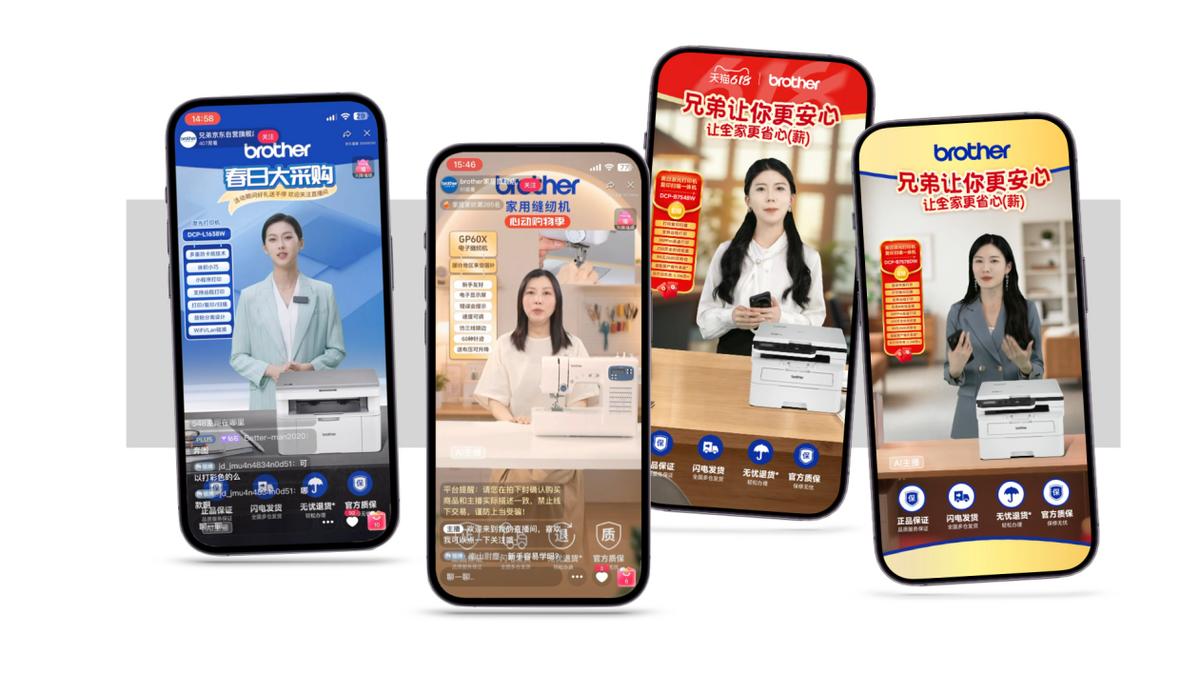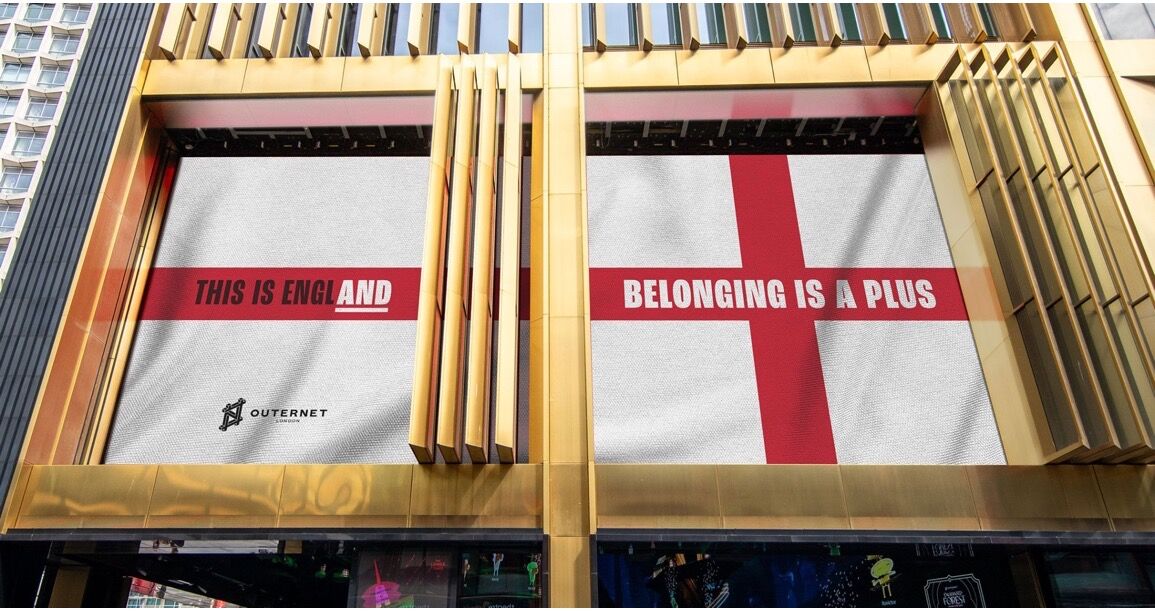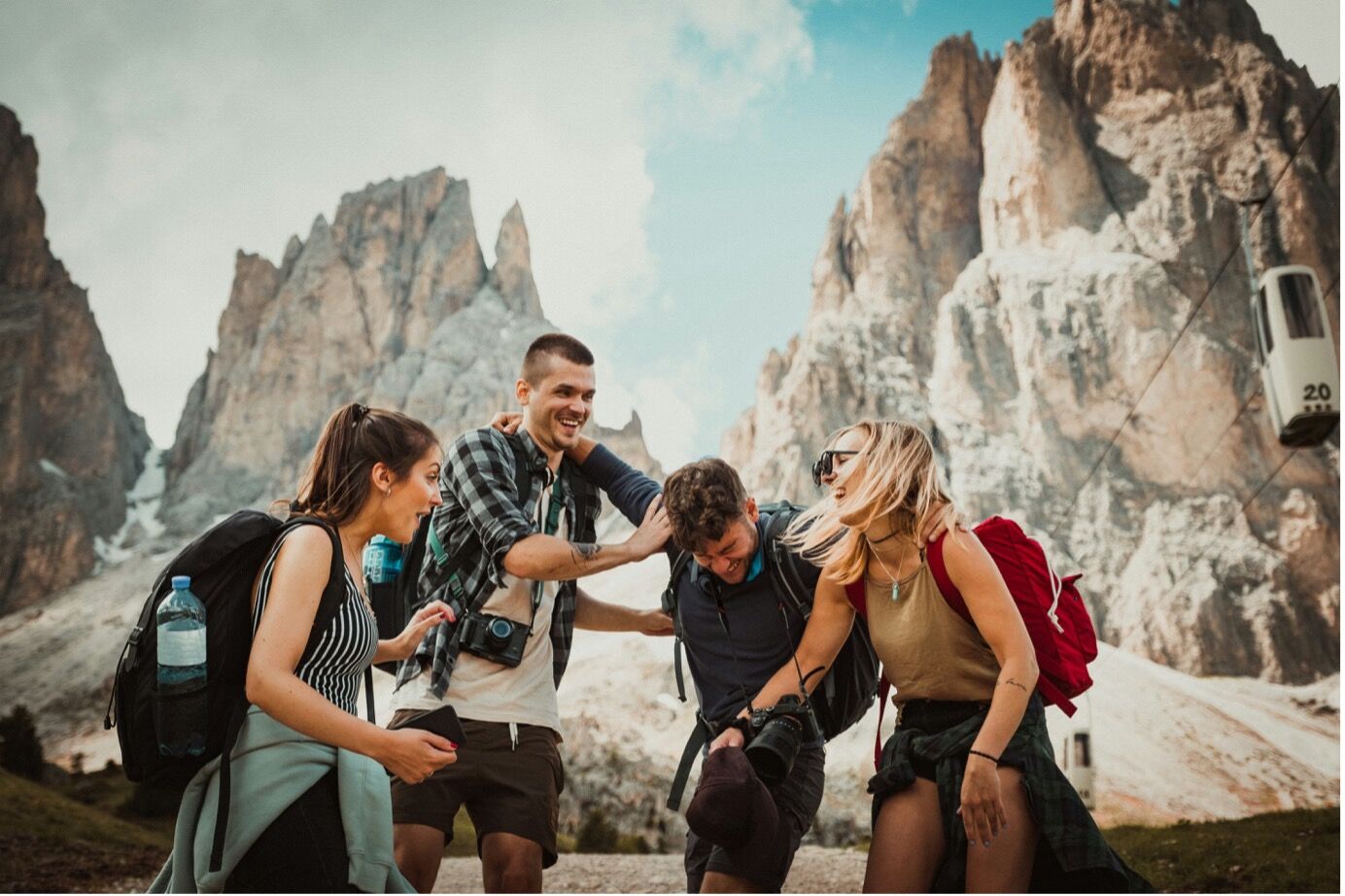In this week’s Our Take: brands want to party with you, the sales people that never stop, big flags make waves and Gen-Z is getting the **** outta here.
Brands Crash Gen ZALPHA’s Night In

Forget focus groups if you really want to understand Gen Zalpha, throw them a house party. That’s exactly what Student Beans did, teaming up with Papa Johns, Tinder, Lovehoney, Samsung, and Logitech to turn an ordinary night out into a full-blown brand playground.
Five rooms. Hundreds of students. Infinite content. Each brand owned a space and a vibe. Tinder turned the kitchen into a meet-cute in motion (sweets, selfies and swipes IRL). Papa Johns proved carbs build community. Samsung made tech feel effortlessly cool in a Fresh Prince-fuelled living room. Lovehoney brought the chaos – karaoke, confessions and confidence by the handful. And Logitech nailed nostalgia with Mario Kart in the kids’ bedroom.
The secret sauce? None of it felt like marketing. Every activation fit naturally into how students already socialise: no forced hashtags, no try-hard moments – just fun, familiarity and a few free vibrators. What’s not to love?
AI Avatars Killed the Sales Star

Global print brand Brother just pulled an all-nighter that never ends. The brand is now running 24/7 AI-powered livestreams on JD.com and Tmall, featuring digital hosts who never need coffee breaks, sick days or sleep. And it’s paying off: a third of purchases now happen after hours, tapping into China’s massive “night economy” of late-night scrollers and impulse buyers.
It’s a glimpse into the next phase of the attention economy, where always-on audiences now have always-on sellers. Agencies like Shanghai-based Pltfrm are rolling out fleets of AI avatars for over 30 brands, delivering 30% more sales at 80% less cost, proving that automation isn’t just replacing labour, it’s redefining how brand experiences are delivered.
Culturally, this is where commerce and companionship blur. Livestream shopping in China is part entertainment and part customer service. AI hosts let brands maximise that “human” connection, but without human limits.
Sure, there are glitches and uncanny smiles that could star in Black Mirror, but make no mistake: this trend is coming west. And brands that master emotional automation just might own the feed.
(re)Capture the flag

Flags used to mean belonging. Now it depends who’s flying it.
Over in Britain, an “army of patriots” started stapling the St George’s Cross and Union Jacks to lampposts under the banner Operation Raise the Colours. What looked like a feel-good wave of pride turned out to be choreographed by some of the UK’s most notorious far-right agitators – proof that patriotism can get rebranded fast.
And now, the same story has flown across the Irish Sea. Tricolours were recently tied to lampposts overnight, sparking debate over whether they’re rallying cries or red flags. A symbol of Irish unity is suddenly being read as a warning sign.
But culture has a habit of answering back louder and in full colour. Outernet London, one of the UK’s most visited cultural attractions, lit up its four-storey screens with Crosses of Hope: redesigned St George’s flags carrying messages of love and inclusion.
It’s a reminder that symbols can be reclaimed, and that powerful words and images can rewrite meaning in real time.
Gen Z’s WANDERLUST

Gen Z isn’t just dreaming of travel. According to MMGY’s 2025 Portrait of European Travellers, they’re leading it. This cohort plans to spend more on international trips than any other generation in the next year, averaging US$6,434, and will take the most holidays at 3.4 trips. For a group often stereotyped as financially cautious, this shows a clear shift in priorities: experiences now trump possessions. Travel is more than a treat for Gen Z – it’s a core part of their identity and how they connect with the world.
What’s fascinating is how Gen Z is redefining the “how” of travel. Nearly half plan to join organised group tours, proving that community and curated experiences are just as appealing as independence. This challenges the image of Gen Z as purely solo adventurers. They want structure, but with authenticity and social connection built in.
Meanwhile, AI has become their new travel agent. The research showed that almost half of European leisure travellers now use tools like ChatGPT to plan and personalise trips, a figure that’s grown sharply since 2024. The path to purchase no longer runs solely through search or social media. Gen Z is discovering the world through AI-driven conversations, seeking travel brands that feel intuitive, inspiring, and personal.